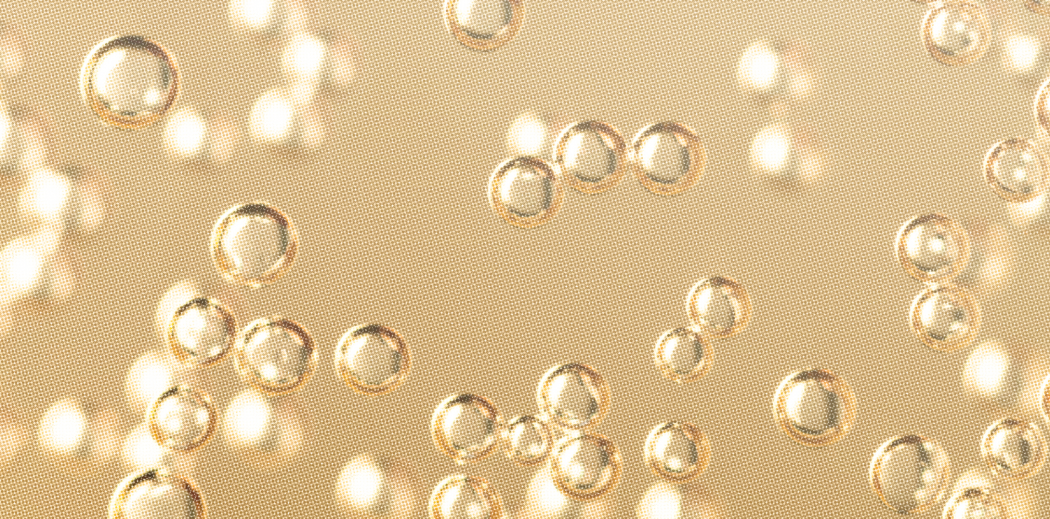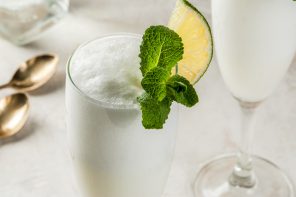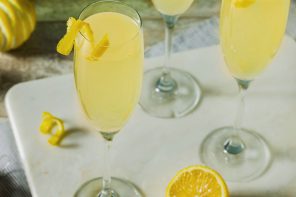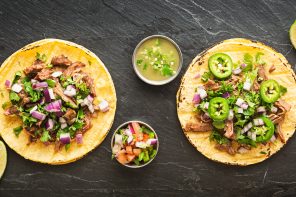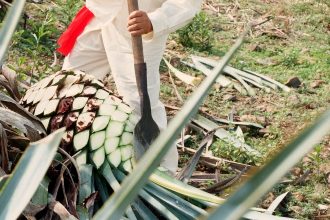From kicking off college gameday to accompanying Sunday brunch, a glass of bubbles has made its way into our weekly – if not daily – routines. And we just keep wanting more.
From 2003 to 2013, sparkling wine production in the world increased more than 40 percent. But while the US is the 4th largest producer and number one consumer of wine in the world, we haven’t quite made a name for ourselves when it comes to sparkling wine – an art that is dominated by French Champagne and names like Moët & Chandon and Perrier-Jouët.
And beyond France, we recognize the Italian Prosecco, the Spanish Cava and the German Sekt. But American sparkling wine?
“It’s a hard paradigm for people to break into unless you want to be completely focused on it,” Scott Caraccioli, Vice President of Caraccioli Cellars, says.
And that’s exactly what his family is – focused. The Caraccioli family founded their brand, Caraccioli Cellars, in 2006 with winemaker Michel Salgues. The team is producing sparkling wine using what they believe to be the best method: controlling the process of their wines from beginning to end. But the Caracciolis are an exception in the California sparkling industry.
Producing sparkling wine can be a nearly impossible endeavor, especially if the wines are made in the Champagne style: the cost (equipment, labor, time) is typically much higher than producing still wines, and it requires space – a lot of it. First there’s the equipment – a specific press is used for sparkling wines – and then there needs to be room for the wines to sit in during fermentation, for years at a time. And in the end, winemakers might be looking at a final product that they’ll have to sell at a super high price point just to break even.
But there is a multitude of techniques that American sparkling winemakers have been experimenting with beyond just the potentially cost-prohibitive Champagne method. Eben Drucker, who represents the Caraccioli brand, says he thinks of sparkling wine as the Wild West of winemaking.
“Sparkling wine is one of the most manipulated wines there is,” Eben says of the process. Now, Eben says, people are trying different techniques and taking different approaches until they, hopefully, find something that sticks.
One such technique is pétillant naturel, a centuries old method of adding carbonation to wine that has been getting a lot of buzz recently. Pét-nats, as they are more simply known, are created by bottling the wine before it has finished fermenting, which creates tiny, fizzy bubbles that are then trapped in the bottle.
Pet-nats are an unpredictable science because you’ll never know exactly what you’re getting until the bottle is open – much different than the science behind making Champagne, which is made by using a fully fermented wine and only then beginning the carbonation process by adding yeast and sugars. On the other hand, using the pét-nat method means winemakers can create bubbles with a lot let less time, space and money.
Another way to cut down on cost that is becoming increasingly popular among American winemakers is to use custom crush facilities for production. These facilities allow winemakers to share production equipment and fermenting space, making winemaking a whole lot more accessible for those just starting out or lacking the funds to purchase the necessary machinery.
Unlike Champagne (or Prosecco, Cava and Sekt) there is no set method for making an American sparkling wine – but this just means that we have more to choose from! From American wines made with the Champagne method to good ol’ pét-nats and the custom crushes in between, American sparkling is all across the board. So keep the bubbles coming.

